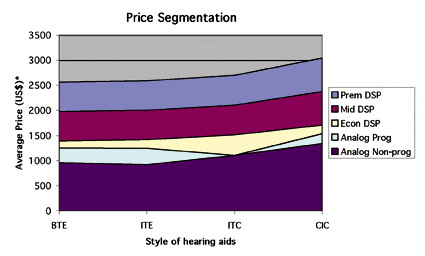As the hearing industry marches forward into the high technology future, the complexity of hearing instruments increases at a dizzying pace. With this complexity comes the terminology necessary to label the more advanced functions. Generally, the label attached to an instrument’s function is self-explanatory. For example, the terms “compression kneepoint,” “noise suppression,” and “compression limiting” all carry with them a fundamental understanding of what they refer to. But perhaps not so readily understood are the terms “channel” and “band.” Are these terms interchangeable? If they are not interchangeable, what individual characteristic of the instrument does each term define?
An acceptable description of the terms band and channel may be found in the publication Hearing Aids1 by Harvey Dillon, PhD:

A multi-channel instrument will divide the incoming signal into “adjacent frequency regions” (bands) and then process the individual frequency regions by passing each band through separate physical chains of devices. The number of physical chains will correspond to the number of channels.
By convention, the “frequency shaping function” of increasing or decreasing gain in each frequency region is accomplished in each “band” of frequencies. This provides the dispensing professional with the ability to more precisely shape the frequency response for individual hearing loss configurations.
Also by convention, the “processing” of a signal is accomplished in the “physical chain of devices,” or channels. This refers specifically to compression functions such as kneepoints, ratios, or attack and release times. This processing allows the professional to address individual needs such as frequency-specific tolerance issues that require separate compression functions in different frequency regions.
Remember: Band and Channel (either defined by function or convention) are not interchangeable. A 4-band instrument will not necessarily have 4 channels. A 4-channel instrument must have at least 4 bands but could have as many as 16 or more. It is important to understand the distinction when choosing a hearing instrument!
Reference
1. Dillon H. Hearing Aids. New York:Thieme;2001:38.
For information, contact:
ElectoneLongwood, Fla, (800) 432-7483 www.electoneonline.com





